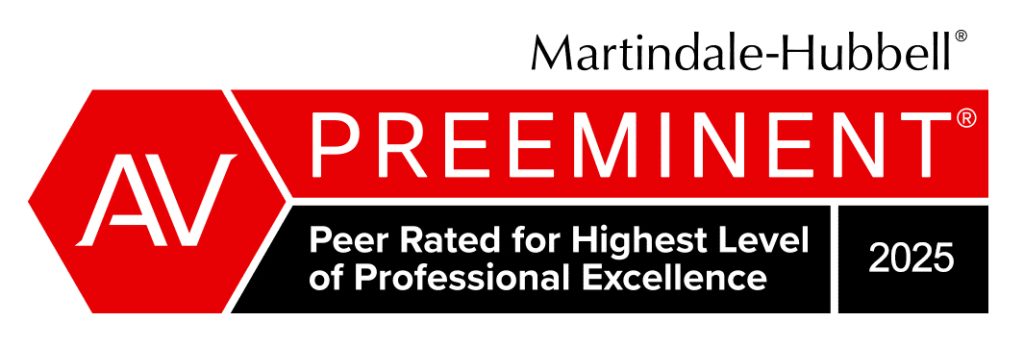Don’t let the end of a home-equity line of credit sneak up on you
The terms of home-equity lines of credit, or HELOCs, typically come due 10 years in, at a time at which many homeowners are unprepared for the fact that their monthly payments are about to go up significantly and sometimes double.
HELOCs are secured by a mortgage, require only interest payments and can be used to consolidate debt, fund major expenses, etc. But after the initial 10-year period the principal becomes due. At that point, homeowners can choose to pay off the balance, refinance it into a first or second mortgage or make monthly payments of principal and interest, typically for a 20-year term.
Homeowners who are unprepared may wind up defaulting, prompting the bank to take legal action to collect the balance or to begin the foreclosure process.
It is best to consider your options up to a year in advance of the end of a HELOC’s terms. For those with negative equity, it may be difficult to refinance. But the lender will be able to walk a homeowner through the options available, including a mortgage modification.
For homeowners planning to refinance the loan or to take out another, shopping for rates sooner rather than later can give banks time to compete, offering more attractive rates to get the business.


